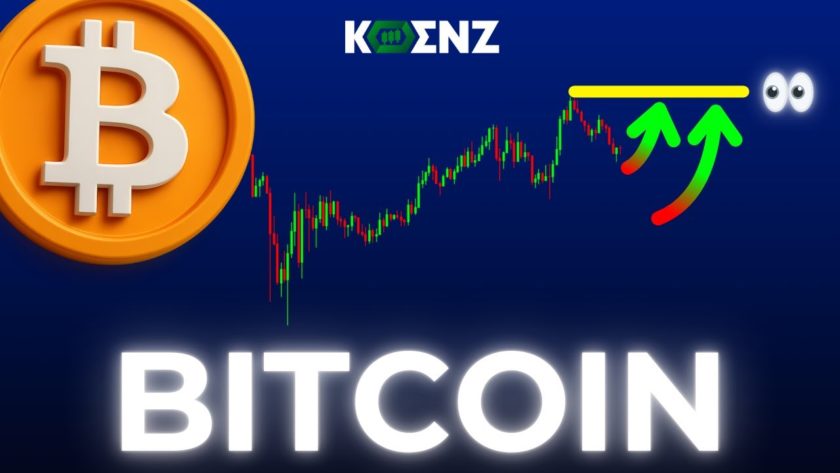The most recent crypto market declines started last Friday, which coincided with a stock market selloff. These crashes were worsened over the weekend by issues with crypto market infrastructure and services. The stock market meltdown on Monday also didn’t improve matters. However, even as markets recovered on Tuesday, digital assets remained in the doldrums.
“It has been a rough few days for crypto traders,” said Edward Moya, an analyst at broker Oanda. Numerous events have contributed to the fall of digital currencies and tokens, including a bloodbath on Wall Street that shattered confidence in crypto markets, as well as crypto lender Celsius halting all account withdrawals/transfers.
On Tuesday, the selloff in bitcoin and other cryptocurrencies continued, with morale among traders deteriorating. Bitcoin’s price has dropped 8% in the last 24 hours to $22,800 at the time of writing. Bitcoin, widely regarded as the greatest and most popular digital asset, first fell below the crucial $30,000 level on Friday, gradually falling to $27,000 by Sunday before plummeting to $24,000 on Monday.
On Tuesday, sentiment remained practically unchanged. The Crypto Concern and Greed Index, a metric that measures market sentiment towards cryptocurrency, decreased to 8 out of 100, down from 11 on Monday, reflecting significant fear amongst traders. The situation was similar for other digital items. Ethereum has also dropped to roughly $1,200 after trading around $1,800 just last Friday. Following a 20% drop in four days, market watchers are wondering when Bitcoin and other digital assets will reach their lowest point.
“Sentiment for cryptos is terrible as the global crypto market cap has fallen below $1 trillion,” said Moya. “Bitcoin is attempting to form a base, but if price action falls below the $20,000 level, it could get even uglier.”
The recent crypto selloff was fueled in part by Wall Street, where investors pushed the S&P 500 into a bear market over concerns about inflation and the danger of recession as a result of aggressive Federal Reserve policy.
Although Bitcoin and other digital assets should theoretically move independently of traditional financial markets, they have proved to be highly connected with other risky assets such as equities, particularly tech stocks.
“From the technical perspective, Bitcoin has broken down from a month-long rage and seems like it could go further down to the $20,000 psychological level or make a stop at around the 200-week moving average, which is currently at $22,400,” Hasegawa wrote in a note. “The market could finally be seeing a selling climax in the near term.”
Featured Image: Megapixl © Forestgraphic



